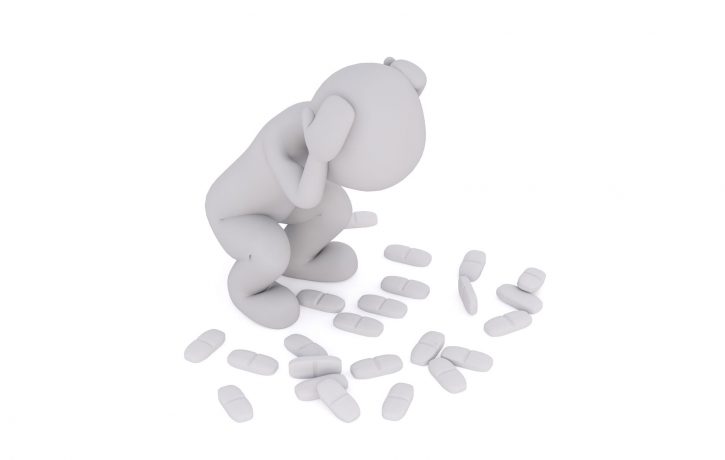Pathways to Persistent Pain

Long-term pain is challenging, not only for the person suffering but also challenging to treat as there are many mechanisms and crossovers that create the experience. Modern science understands these mechanisms and how they contribute to an individual’s suffering but also understands that the mechanisms are so complicated and diverse that a one size fits all approach to treating pain is more likely to fail than succeed. This is how so many people end up in an endless loop of interventions, management strategies and medical procedures that don’t result in the relief that they crave.
Obviously, sometimes it does work and that’s great, but what happens to those that it doesn’t work for, where can they turn to get some much-needed help?
Research has demonstrated that we can start to improve pain outcomes with a combined approach to education around pain and gradual exposure to a painful stimulus, as in activities that might hurt but are adapted so the pain is tolerable.
The reason pain is so complicated to treat is that all pain experiences are multi-faceted, meaning there are many contributors to every pain experience and every individual. To isolate and identify all contributors is next to impossible but that doesn’t make it impossible to manage as long as the sufferer can understand some of the mechanisms of their pain.
Challenging childhood experiences may guide the brain into a more protective mode more quickly sensitizing the alarm system.
Characteristics and traits like perfectionism and people-pleasing can create an ongoing state of tension and increased vigilance of the nervous system.
Health scares, surgeries and/or incorrect diagnoses can lead to health catastrophizing and increase brain activity, specifically the amygdala and lead to a more intense experience of pain in the body.
Everyday adult stress combined with an overprotective nervous system will often start to produce physical symptoms like headaches stomach aches and more.
The cycle of persistent pain can begin anytime an overactive nervous system hits a threshold, this may begin with a physical injury or appear out of the blue. You may notice that major life events like trauma, personal loss or a house move coincide with the developing new or worsening symptoms.
Learned neural pathways develop in the body as the pain becomes persistent. As the system practices activating a symptom, the easier it becomes to trigger the same symptoms next time.
Changes to the central nervous system also take place when the pain becomes long-term leading to a lower threshold for threat and can trigger pain responses even when no danger is present. Pain-related stress contributes to the cycle of pain and alters everyday activity levels, social habits, mental health, sleep patterns and more.
The downward spiral of pain gains momentum and fearful avoidance of activities leads to reducing activities that naturally relieve pain and thus reduce the release of happy chemicals.
Knowledge can be the first step out of the pain cycle. Improving the understanding of pain and the nervous system can help to reduce the fear around symptoms.
Self-discovery that leads to a better understanding of the nervous system’s journey into pain will provide a clearer map of the way out, reduce fear avoidance behaviours and lead to more healthy lifestyle choices. Targeted rewiring with science-based techniques can help the nervous system cultivate healthier behaviours.
New neural pathways, with pain-relieving benefits, are created when we engage with healthier behaviours like physical activity and a positive mindset and will help boost recovery further.
A fresh perspective on pain will often pave the way for symptom reduction. It can also come with the added benefits of more pleasure in life, more physical activity and a better relationship with your body.
If you are suffering from persistent pain and want help on your journey to recovery, please get in touch with the team at The Body Matters, or visit one of our pages below.
- Back Pain
- Headaches & Migraines
- Postural Problems
- Arthritis & Joint Pain
- Work-Related Pain
- Sciatica
- Hypermobility
- Tendonitis
- Tennis Elbow & Golfer’s Elbow
- Plantar Fasciopathy
- Repetitive Strain Injury
- Nerve Pain & Trapped Nerves
- Thoracic Outlet Syndrome
This article was written by Matthew Oliver M.Ost DO ND. Osteopath.
- Deepen Embodiment: Somatic Breathing with the Realization Process - 20th June 2025
- How Massage Transforms Muscle and Physical Health - 16th May 2025
- What is Traditional Chinese Medicine (TCM)? - 29th April 2025
